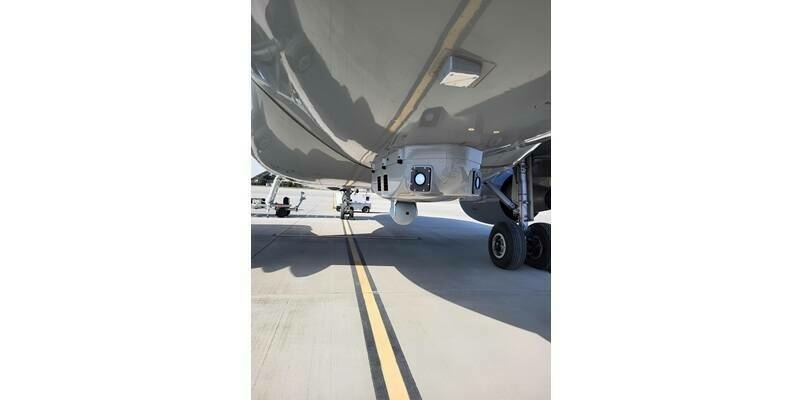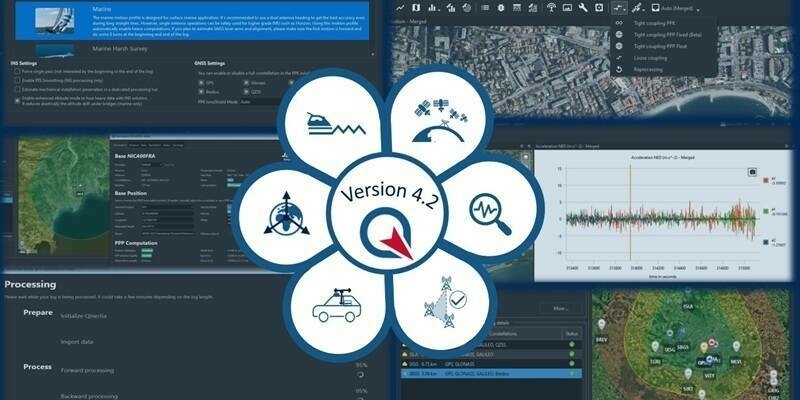Jason-2, the European/US cooperative mission between EUMETSAT, the French Space Agency CNES, the US National Oceanic and Atmospheric Administration (NOAA) and the US National Aeronautics and Space Administration (NASA), will change orbit and take on an additional role next month.
The Ocean Surface Topography Mission (OSTM)/Jason-2 mission marked its ninth year in orbit on 20 June. Designed to fly three to five years, Jason-2 has now completed more than 42,000 trips around our planet, contributing to a data base that dates back to the launch of the U.S./French TOPEX/Poseidon satellite in 1992.
Over the past nine years, Jason-2 has precisely measured the height of 95 percent of the world's ice-free ocean every 10 days. Since its launch in June 2008, it has measured a 4 centimetre increase in global mean sea level, which has been rising at an average rate of about 3 millimetres a year since satellite altimetry records began in 1992. It has also tracked changes in regional sea level; monitored the speed and direction of ocean surface currents; enabled more accurate weather, ocean and climate forecasts; and observed multiple El Niño and La Niña events. Since October 2016, it has operated in a tandem mission with its successor, Jason-3, launched in January 2016, doubling coverage of the global ocean and improving data resolution for both missions.
But as Jason-2 ages, it has become prudent to move the older satellite out of its current shared orbit with Jason-3. On 20 June, Jason-2’s four mission partners agreed to lower Jason-2’s orbit by 27 kilometres early July, placing it in a new orbit with a long repeat period of nearly a year. The move is designed to safeguard the orbit for Jason-3 and its planned successors - the Jason-CS/Sentinel-6 satellites, where the first launch is planned for 2020 - whilst continuing to extract the maximum scientific and operational benefit from Jason-2.
Jason-2 will continue to collect valuable measurements of sea state, wind speed and sea surface height for operational use in ocean forecasting, marine meteorology and climate monitoring applications but will also undertake a new science mission that can only be achieved in the long-repeat orbit. Jason-2 will collect data along a series of very closely spaced ground tracks just eight kilometres apart to produce a new, high-resolution map of Earth’s average sea surface height.
Remko Scharroo Mission Scientist at EUMETSAT said: "The map of the mean sea surface elevation that Jason-2 is going to build up over its remaining lifetime will form a reference tying the various altimeter missions together. This reference will be essential for future altimeter missions that do not repeat ground tracks of previous missions, which is in particular the case for the Copernicus Sentinel-3B mission to be launched by the European Space Agency in early 2018 and operated by EUMETSAT on behalf of the European Union”.
Subscribe to our newsletter
Stay updated on the latest technology, innovation product arrivals and exciting offers to your inbox.
Newsletter

